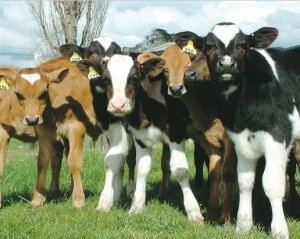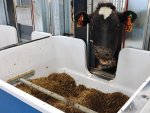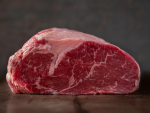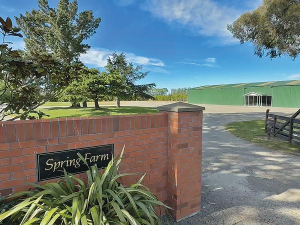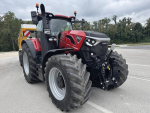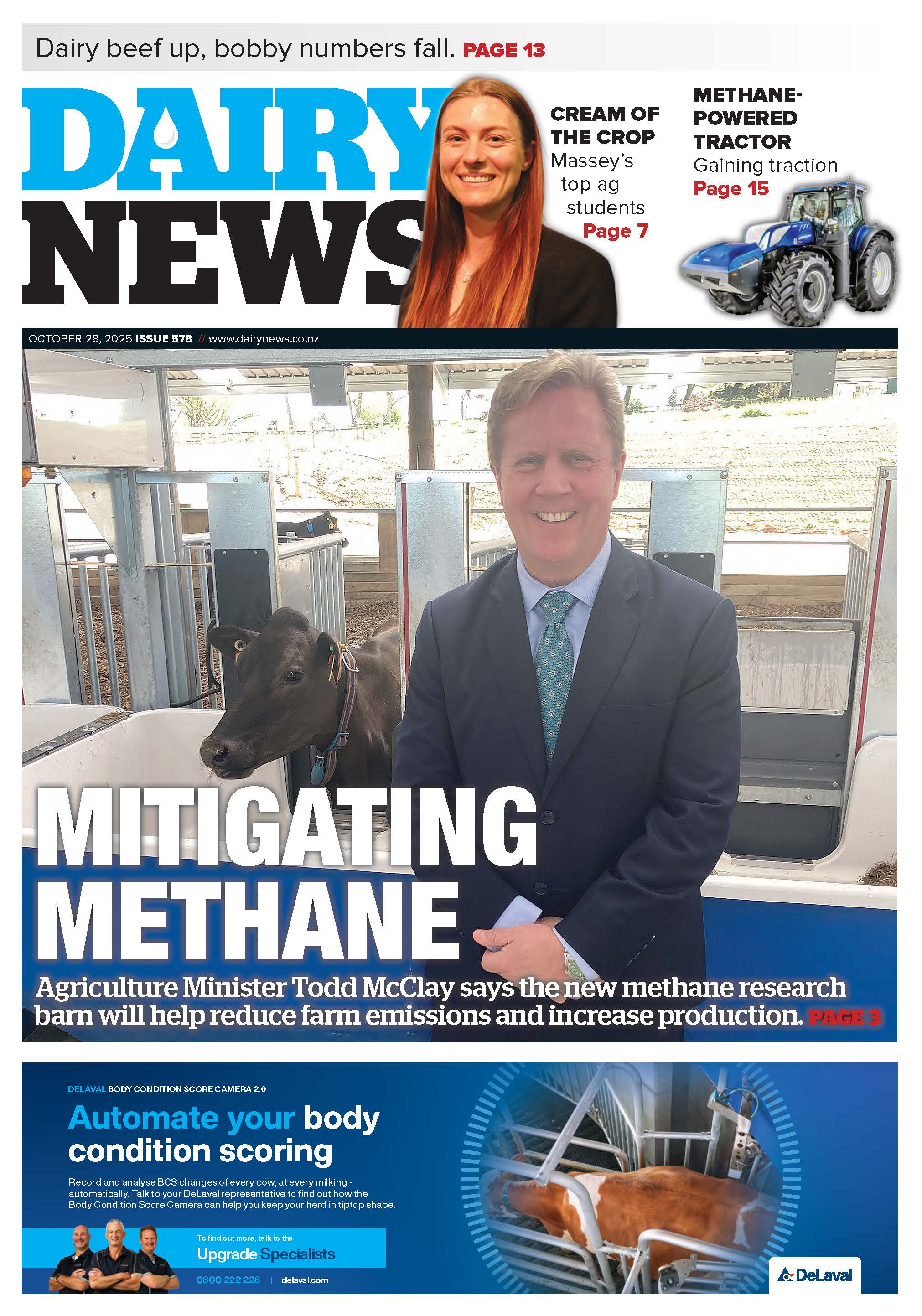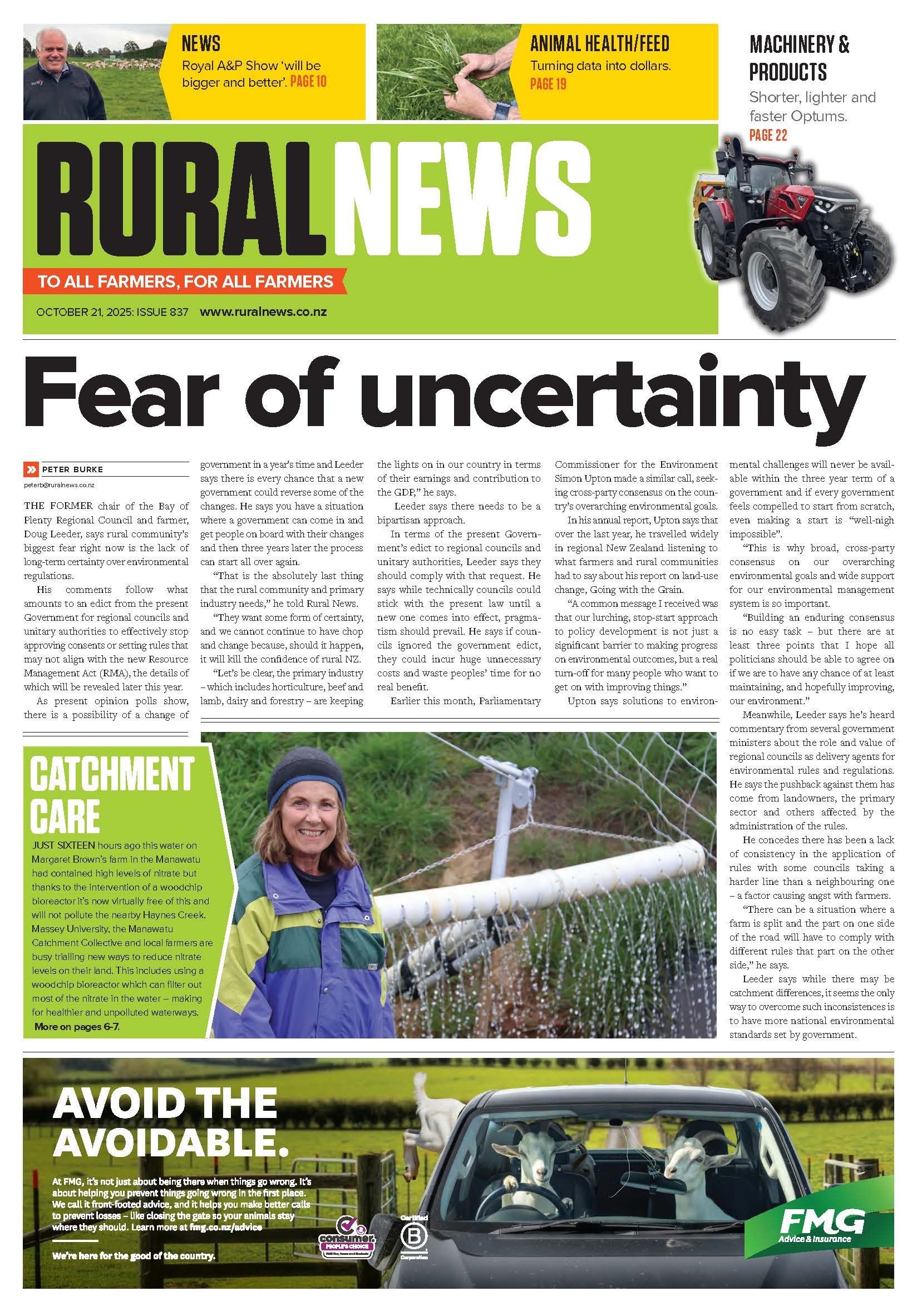Imporving their six-week in-calf rate by just 10% means the average New Zealand dairy farmer (386 cows) stands to benefit from an additional $15,440 (based on a $5.50/kgMS payout).
And according to veterinarian, dairy farmer and LIC reproduction solutions advisor, Joyce Voogt, the majority of farmers have the ability to do this.
Farmers reap the benefit of a high six-week in-calf rate in more ways than purely by extra days in milk, she says.
"Farmers would also benefit from improved empty rates as there is a direct relationship between them.
"The more cows there are calving early, the
less empties there tend to be.
"Cows which calve in the first three weeks of the calving period have more time to recover and start cycling before the next planned start of mating."
Cows already on their second or third cycle when first mated have better conception rates than cows on their first cycle. These factors all have a positive and cumulative effect.
"Research shows that reproductive performance in New Zealand dairy herds has declined in recent years with six-week in calf rates dropping from 68% 10 years ago, to an alarming 62% in 2011" says Voogt.
Although genetic gain has a part to play in the fertility and reproductive performance of both individual animals and a herd, it is only one of eight key ingredients needed to get the mix right. About 90% of the variation in reproductive performance in a herd is due to farm management practices while only 10% is genetics.
The "bigger fish to fry" include heat detection efficiency, body condition score at calving and young stock growth and management, she says.
The eight 'ingredients' needed to maximise herd fertility are:
A compact calving
Good young stock rearing and heifer management
Body condition and nutrition
Effective and accurate heat detection
Identifying and dealing with non-cyclers
Cow health
Genetics and AB practices
Bull management
All these fundamental principles are covered in the DairyNZ InCalf book, says Voogt.
"This invaluable resource is available free of charge to all levy paying farmers. Industry wide we are all aware of the gradual decline in reproductive performance of the national herd, and the impact this has on farm performance – fewer days in milk, declining six-week in-calf rates, increased empty rates and increased calving spread.
"It's a simple fact, though our cows may not be much larger today than they were 10 years ago – they sure are hungrier – and they need to eat
more because they produce more milk."
The national breeding objective of "identifying the most efficient converters of feed into profit" means that New Zealand has bred cows which will do just that, even at the expense of reproduction."
Appearances can be deceiving. It may seem dairy farms operate in much the same way as they have for the past 10 to 15 years – but is that really the case?, she asks.
"Even if management practices have remained the same over the past 10 to 15 years, where artificial breeding (AB) has been used then the cow's/herd's breeding worth and production will have increased and resulted in a higher producing more profitable animal that needs more feed to perform at its best.
"Many farmers have increased their feeding regimes – and introduced supplementary feed, for example palm kernel, to replace feed shortfalls on farm, however, high BW (breeding worth) cows need to be fed well. If they are not fed enough, these high performing animals will condition-strip to put milk in the vat.
"But drying off early enough to achieve target body condition scores is crucial as well.
For improved six-week in-calf rates and empty rates, we need to ensure heifer and 3-year-old cows are well grown and calve down at body condition score 5.5, while the rest of the herd need to calve at body condition score 5."
Voogt says today's cows are producing 80kg more MS than those of 20 years ago.
"Managed well we can 'have our cake and eat it' with regard to our cows, but we need to be constantly mindful of the feed demands on them for both production and reproduction.
"More cows in-calf quicker" means thinking about herd reproduction throughout the year, and not just at mating time, says Voogt.
Recent LIC data indicates about 70% of first calvers entering our dairy herds have not been grown to their full potential.
"I believe this is a major contributor to low six-week in-calf rates and high empty rates in our 2 and 3-year-old cows.
"Cows continue growing until they are 5 years old and when these youngsters are entering the herd smaller and lighter than their mature herd mates, they really struggle to compete.
"In a well managed herd a more condensed calving means more days in milk, more money in the bank," Voogt says.





